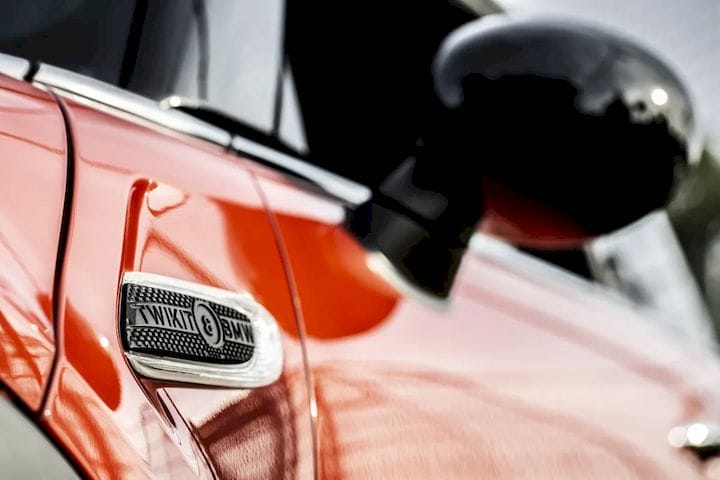![A customized element on a MINI [Source: Twikit]](https://fabbaloo.com/wp-content/uploads/2020/05/image-asset_img_5eb09d80e1abe.jpg)
I’m looking at an unusual 3D printing software platform, Twikit.
The Belgian company doesn’t make 3D printers, 3D print materials or even standalone 3D print software. Instead they produce something they call “Twikbot”, which is a cloud platform to integrate 3D printing designs and making between clients and manufacturers.
The opportunity they are pursuing is one that has long been forecast by 3D printing pundits: mass customization. The idea is that while traditional mass manufacturing is cost effective, all the output is essentially identical. Mass customization proposes to mass manufacture items, but each with potentially unique designs.
That’s something a 3D printer can definitely do: as long as you feed it a new 3D design, it will produce it. There is no need to “change the tooling” as would be the case for traditional mass manufacturing.
The question is, why haven’t we seen this “mass customization”? We have 3D printers. We have customers with different needs. What’s the holdup?
I believe the challenge facing mass customization is the linkage between the desires of the customer and the 3D printer itself. In order to bridge that gap, some things have to happen:
-
The customer’s desires have to be transformed into a formal 3D design
-
A unique 3D model must be produced representing that design
-
A series of such unique 3D models must be queued up to 3D printers for serial production
-
3D printers must sequentially or in parallel print each incoming job
Yes, these could all be done, but the fact is most of these steps would be performed manually. There is a particular issue in at the front end, where the customer has to somehow make a unique 3D model.
All of these steps seem to be what Twikit performs in Twikbot. It’s a platform for creating mass customization, as it seems to appear.
![Customizing a wrist brace design [Source: Twikit]](https://fabbaloo.com/wp-content/uploads/2020/05/image-asset_img_5eb09d814be53.jpg)
Their system allows you to take a base 3D model and identify the aspects that can be “parameterized” — in other words, changeable in a formal and quantified manner. Twikit says their system allows these possible parameterized modifications:
-
Twist, scale, multiply bend and more
-
Emboss, deboss and cut-through
-
Define materials and finishes
-
Combine 3D model with assets: fonts/images/patterns/textures
As the customer twiddles with these changeable aspects, Twikbot provides a visual representation to the client so that the design can be verified and confirmed. This portion is set up to fit within many common ecommerce platforms like Shopify or Magneto, enabling direct and instant sales of unique items.
![A personalized wrist brace [Source: Twikit]](https://fabbaloo.com/wp-content/uploads/2020/05/image-asset_img_5eb09d818e341.jpg)
Once the design is confirmed, it then travels through the Twikbot cloud to be transformed into appropriate output formats, including .STL, .OBJ, or for laser cutting, which is another manufacturing function enabled by Twikbot. These could then be queued up for build by the manufacturer.
What could you do with this platform? That’s the question, as everyone is so accustomed to standard mass mono-manufacturing that it’s hard to imagine what could or even should be customized.
![Using an app to design a custom element on a MINI [Source: Twikit]](https://fabbaloo.com/wp-content/uploads/2020/05/image-asset_img_5eb09d81dd15b.jpg)
One manufacturer that has taken a step in this direction is BMW, which has used Twikbot to enable those ordering a new MINI vehicle to “adjust the dashboard in 3D with different shapes, context, patterns and colours.”
That’s a small step, but I believe as manufacturers and consumers get gradually more accustomed to getting unique products, we will see an expansion of customization to levels unimagined today.
Via Twikit











MakerOS has a brilliant hidden feature in their online service: a sophisticated 3D print pricing calculator that allows operators to determine exactly how to price prints.